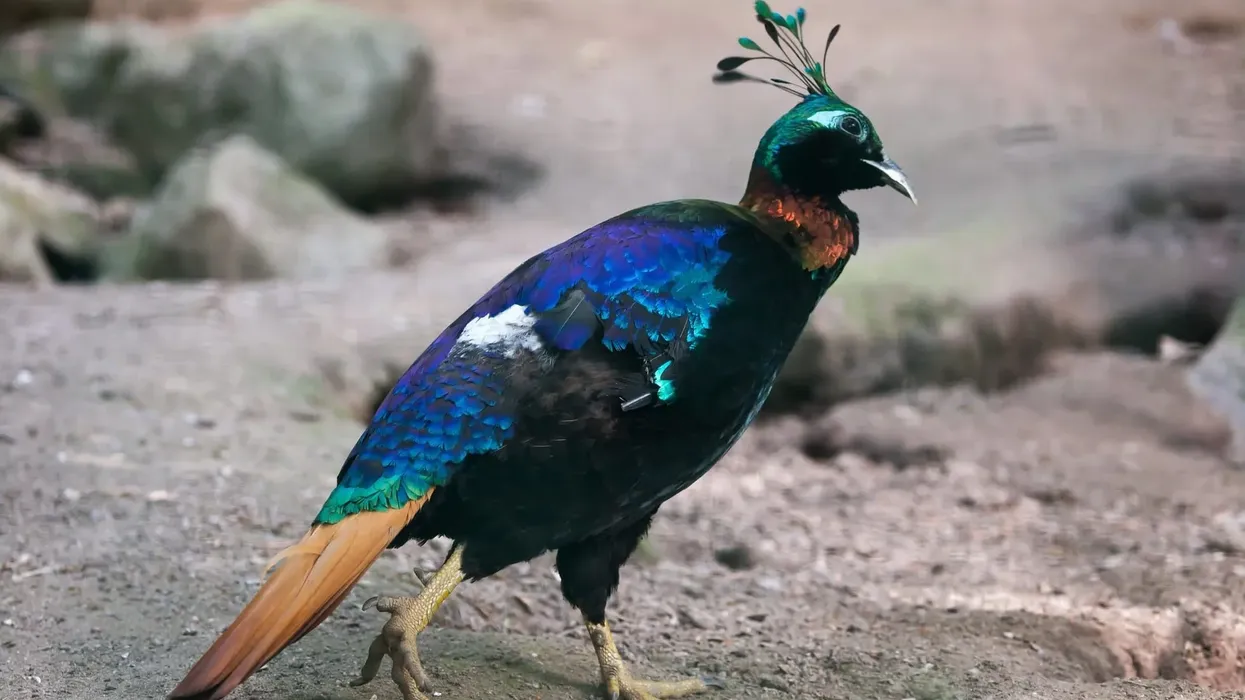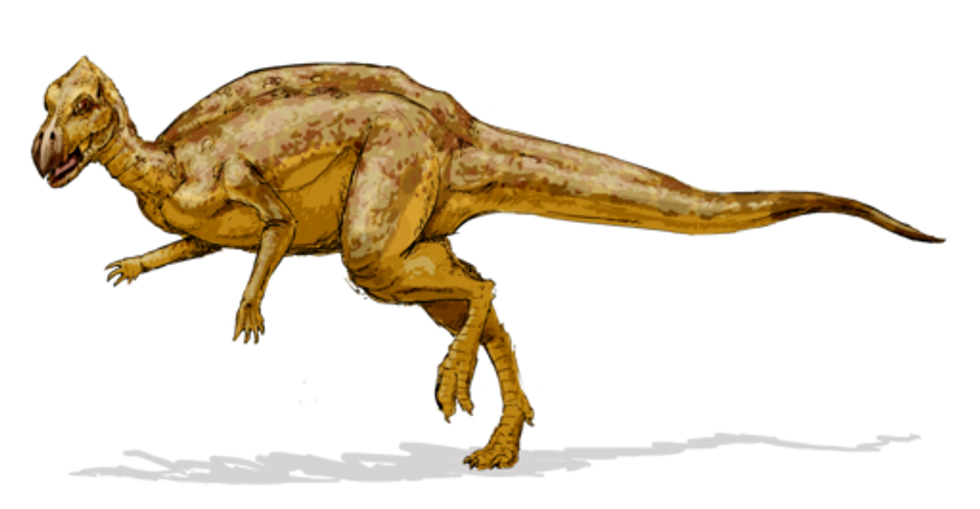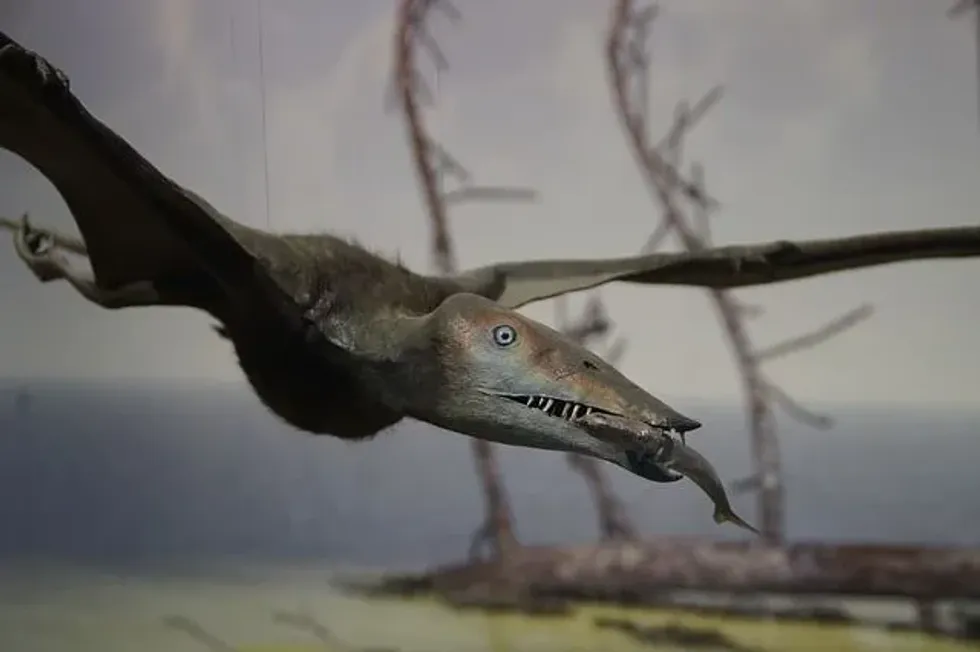The Himalayan monal (Lophophorus impejanus) is also entitled and known as the Impeyan monal or an Impeyan pheasant. It belongs to the class, order, family, genus of Aves, Galliformes, Phasianidae, and Lophophorus. This species gets its scientific name from lady Impey.
Lady Impey is the wife of a British Justice of Bengal. Himalayan monals are one of the pheasant species. These pheasants are native to the Himalayas in India.
The Himalayan monal is entitled as the state bird of Uttarakhand, India, and the national bird of Nepal. After reading these facts about Impeyan pheasant, you may also take a look at the Malayan tapir and ringneck dove.
Himalayan Monal Interesting Facts
What type of animal is a Himalayan monal?
The Himalayan monal (Lophophorus impejanus) is a bird. Monals are quite cute and colorful birds and have a sweet way to communicate. Like other birds, monals have a lifespan of 12 years.
What class of animal does a Himalayan monal belong to?
An Impeyan monal belongs to the bird class of animals.
How many Himalayan monals are there in the world?
Biologists have not been able to yet count or estimate the number of Himalayan monals (Impeyan pheasants) in the world.
Where does a Himalayan monal live?
A Himalayan monal, also known as the Impeyan monal, lives in the woods.
What is a Himalayan modal's habitat?
Himalayan monals (Lophophorus impejanus) distribution and habitat are in mountainous regions. This species is found in Afghanistan, Pakistan, the Himalayas in India, Nepal, Tibet, and Bhutan at heights of 7,874-14,763 ft (2400-4500 m) from sea level.
They live on top of the trees in forests and shrublands. Most commonly, this species inhibits oak-conifer and pine trees. Their habitat also includes open grassy slopes and meadows.
These birds are equipped to survive in very cold seasons, but the chicks need heat to survive. During the winter season, they are known to descend at the height of 6,561 ft (2000 m).
Who do Himalayan monals live with?
The Himalayan monal is of class Aves, order Galliformes, family Phasianidae, and live in groups with birds of their own species.
How long does a Himalayan monal live?
A Himalayan monal (Impeyan monal) can live for 10-12 years. This species has a long life as compared to other birds.
How do they reproduce?
Himalayan monals (Lophophorus impejanus) attain sexual maturity at the age of two years. The breeding season of this species of pheasants starts in April and extends up to June. During the breeding season, the males make contact calls throughout the day to get the female's attention.
They also fan their tail feathers to impress the females during the mating season. Once the females choose their mate, the mating starts immediately.
After breeding, the females make nests on sloppy lands to lay the eggs. The males do not help with raising the chicks. The incubation period for Himalayan monal eggs is 28 days.
What is their conservation status?
The conservation status of the Himalayan monal (Lophophorus impejanus) is that of Least Concern, meaning that their population is stable in the wild.
Himalayan Monal Fun Facts
What do Himalayan monals look like?
The males and females of the Himalayan monal species look very different from each other. The males have colorful plumage feathers.
The plumage feathers are blue, green, purple, red, and orange in color. On the other hand, the females lack green, purple, and blue feathers and simply have brown, black, and white plumage feathers. The males have a black throat, and the females have a white patch of their throats.
The tail of the males is orange in color. The females have mostly brown feathers with black and white streaks in between.
The male monals have a crest on their heads. This crest has small feathers.
Both the male and female Himalayan monals have blue circles of skin around their eyes. Some say the skin around the eyes is not blue but turquoise. The chicks of Himalayan monals look exactly like females until the age of one year; they have overall brown feathers.
These monal birds can be differentiated based on the color of the patch on their throat. The females have a white patch, whereas males a black patch.

How cute are they?
Himalayan monals are very cute birds. The males have colorful feathers such as green, purple, orange, and look much better than females.
How do they communicate?
Himalayan monals (Lophophorus impejanus) are very vocal birds. They use a number of calls to communicate with the other Himalayan monals around them. Besides the vocals, they use gestures specifically to impress their mates. The males bob their crest and fan their feathers to show off their beauty to the females.
How big is a Himalayan monal?
Himalayan monals are birds of average height. Their wingspan ranges up to 33.5 in (85 cm). Their length exceeds their height. The length of a Himalayan monal is 24-36 in (61-91.4 cm), including its tail. They are at least 10 times bigger than a little crow. These birds are relatively large-sized.
How fast can a Himalayan monal fly?
The speed of flying for a Himalayan monal has not yet been determined.
How much does a Himalayan monal weigh?
A male Himalayan monal weighs around 84 oz (2.38 kg), whereas the females weigh around 76 oz (2.2 kg). It is an average weight for birds of their size though the chicks can weigh less.
What are the male and female names of the species?
The male of Himalayan monals species are called roosters whereas the female of Himalayan monals species are called the hens. Both the birds are also known as the danphe.
What would you call a baby Himalayan monal?
Himalayan monal babies are called chicks.
What do they eat?
The Himalayan monal is also known or entitled as the danphe or danfe and their diet comprises insects. Their diet also contains seeds, tubers, roots and berries.
Are they dangerous?
Himalayan monals (Lophophorus impejanus) are not dangerous to humans in any way. Monals mind their own business and do not interfere with humans unless provoked.
Would they make a good pet?
A Himalayan monal pheasant (danfe) is found nearby people in the mountainous regions. Therefore as they are wild animals they are not suitable for being pets.
Did you know...
The Himalayan monal pheasants are widely hunted for their green crests.
Himalayan monals are relatively large-sized birds.
The conservation of the Himalayan monal is deemed important throughout the distribution range.
Which is the state bird of Uttarakhand?
The state bird of Uttarakhand is the monal pheasant.
Which is the largest bird in Nepal?
The largest bird in Nepal is the Himalayan monal pheasant. Not only is it the largest bird in Nepal, but it is also the national bird of Nepal. The monal is known as the danphe or danfe in Nepal.
Here at Kidadl, we have carefully created lots of interesting family-friendly animal facts for everyone to discover! Learn more about some other birds from our avocet facts and peacock fun facts pages.
You can even occupy yourself at home by coloring in one of our free printable himalayan monal coloring pages.









